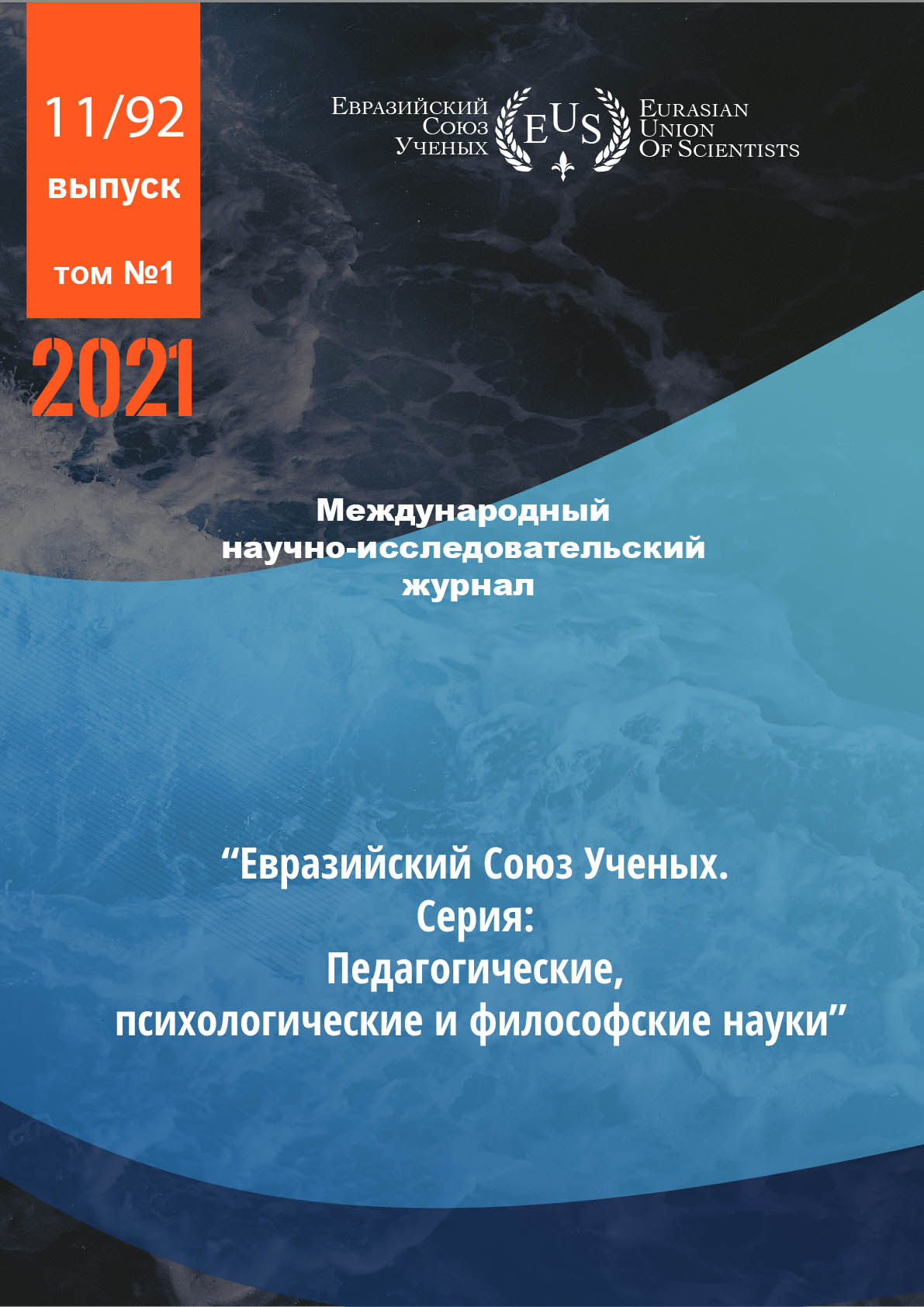SOME ASPECTS OF THE PRACTICE OF TEACHING ENGLISH IN A MULTINATIONAL AUDIENCE OF THE FAR EASTERN FEDERAL UNIVERSITY.
Abstract
This article deals with the problems of teaching English in multicultural classroom in the Far Eastern Federal University (FEFU) cultural diversity taken into account.
Globalization of higher education has led to significant increases of the number of international students. In a multicultural context, students should learn how to interact with people who are ethnically and culturally different from themselves. This paper aims to present communicative language approach in multicultural classroom FEFU. Communication skills have been more in center of creating atmosphere of “common culture” in the classroom.The emphasis is placed on psychoemotional disposition of international students in the multicultural classroom of FEFU
References
Eberly Center for Teaching Excellence. Recognizing and Addressing Cultural Variations in the Classroom. Carnegie Mellon University. P.105
Inclusive Teaching: Supporting ESL Students. Marginalized Students. University of Virginia.
2004. P.75.
Milem Jeffrey. Why Race Matters. Academe: Bulletin of the American Association of University Professors, Vol.86, No. 5 September-October 2000 P. 10-35.
Rogoff , D., and Chavajay, P. What is Become of Research on the Cultural Basis of cognitive Development? American Psychologist, No.50, 1995. P. 859-877.
Teaching Resource Centre. Teaching a Diverse Student body: Dealing with Conflicts. University of Virginia. 2004. P.185.
Teching Resource Centre. Teaching a Diverse Student body: Practical strategies for Enhancing Our Students’ Learning. University of Virginia. 2004. P.145.
Wlodkowski,R.J ., and Ginsberg, M.E., Diversity and motivation: Culturally responsive Teaching, San Francisco, Jossey-Bass, 1995. P. 125.
CC BY-ND
A work licensed in this way allows the following:
1. The freedom to use and perform the work: The licensee must be allowed to make any use, private or public, of the work.
2. The freedom to study the work and apply the information: The licensee must be allowed to examine the work and to use the knowledge gained from the work in any way. The license may not, for example, restrict "reverse engineering."
2. The freedom to redistribute copies: Copies may be sold, swapped or given away for free, in the same form as the original.





